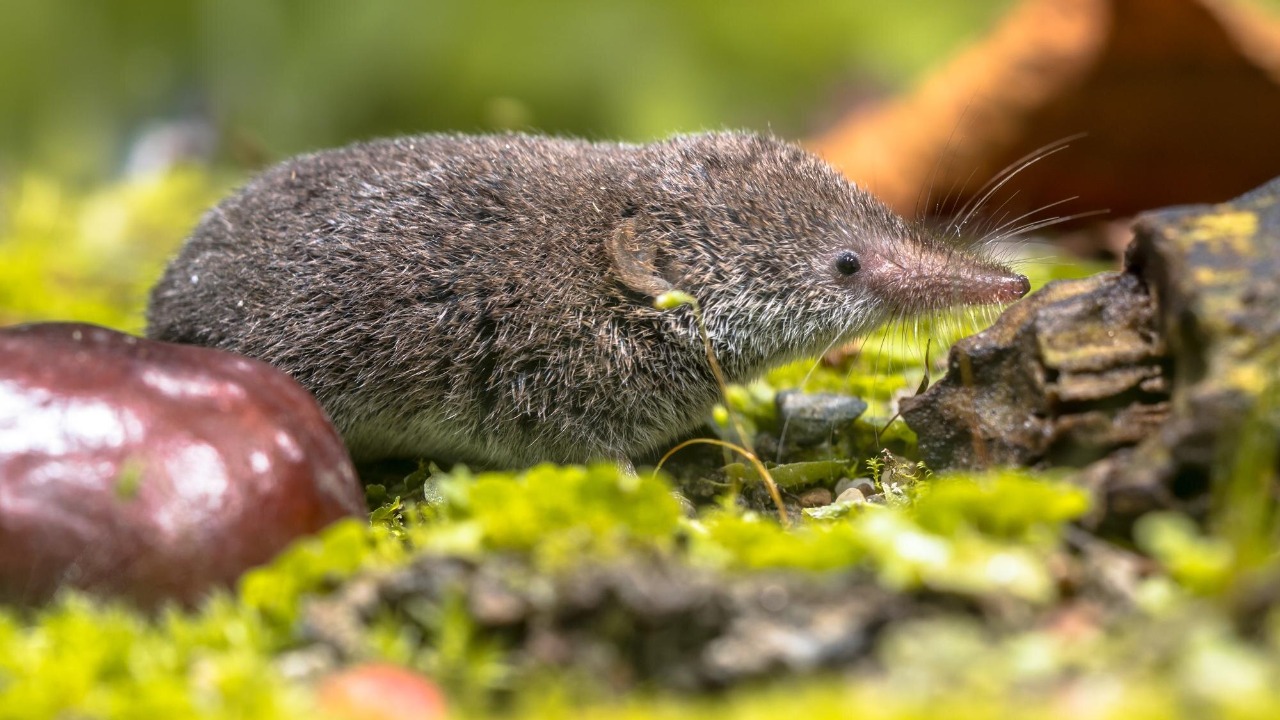
The Christmas Island shrew, the only shrew species native to Australia, has been officially declared extinct. This small mammal, once endemic to the isolated Christmas Island in the Indian Ocean, has fallen victim to invasive predators introduced by humans, highlighting the devastating impact of human activity on isolated island ecosystems.
Discovery and Significance of the Christmas Island Shrew
The Christmas Island shrew was a unique creature, having evolved distinct adaptations to survive in the isolated environment of Christmas Island. Its existence was a testament to the island’s unique biodiversity, and its loss is a significant blow to the ecosystem. The shrew’s diet and habitat preferences made it a key indicator species for biodiversity on the island.
Historical records confirm that the Christmas Island shrew was the only shrew species native to Australia. Its extinction underscores the vulnerability of isolated island species to human-introduced threats. The shrew’s disappearance is not just the loss of a species, but also a loss of a unique evolutionary lineage and a key component of Christmas Island’s biodiversity.
Human Introduction of Non-Native Species to Christmas Island
Humans have played a significant role in the extinction of the Christmas Island shrew, primarily through the introduction of non-native species. Invasive animals such as cats and rats were brought to the island through shipping and settlement activities. These introductions began in the late 19th or early 20th century and escalated with increased human activity on the island.
Monitoring evidence directly ties these introduced species to the disruption of native fauna, including the Christmas Island shrew. The invasive predators disrupted the island’s delicate balance, leading to the decline and eventual extinction of the shrew.
Mechanisms of Predation and Competition
Introduced predators, such as rats and cats, preyed upon the Christmas Island shrew, leading to rapid population declines. These predators not only hunted the shrews but also competed with them for food and nesting sites in the forest habitats of the island. The shrew’s small size and ground-dwelling habits made it an easy target for these invasive species.
Observational data shows that the shrew was particularly vulnerable to these human-introduced predators. The combination of direct predation and competition for resources led to a rapid decline in the shrew population, eventually driving it to extinction.
Monitoring Efforts and Signs of Decline
Conservation monitoring programs on Christmas Island tracked the shrew populations using methods such as camera traps and surveys. These efforts detected dwindling numbers of the shrew, signaling its impending extinction. However, the elusive nature of the shrew made it challenging to monitor its population accurately.
Key findings from these monitoring efforts included the absence of shrew sightings after certain thresholds. By the mid-2020s, reports confirmed that no live individuals remained, leading to the official declaration of the species’ extinction.
Official Declaration of Extinction
The formal announcement that Australia’s only shrew, the Christmas Island shrew, is now officially extinct was made in assessments around 2025. Authorities used criteria such as the IUCN Red List standards to classify the species as extinct after exhaustive searches yielded no evidence of its existence.
The key reporting on this declaration was published on 2025-11-03, highlighting the timeliness of this tragic news in global conservation circles.
Broader Implications for Island Biodiversity
The extinction of the Christmas Island shrew is a stark example of the risks faced by other Australian island endemics from non-native species introduced by humans. Similar species on nearby islands are under ongoing threats, necessitating stricter biosecurity measures to prevent further losses.
The fate of the Christmas Island shrew should inform conservation strategies, such as eradication programs for invasive species, to protect remaining native mammals. The loss of this unique species serves as a stark reminder of the devastating impact of human activity on isolated island ecosystems and the urgent need for effective conservation measures.
More from MorningOverview